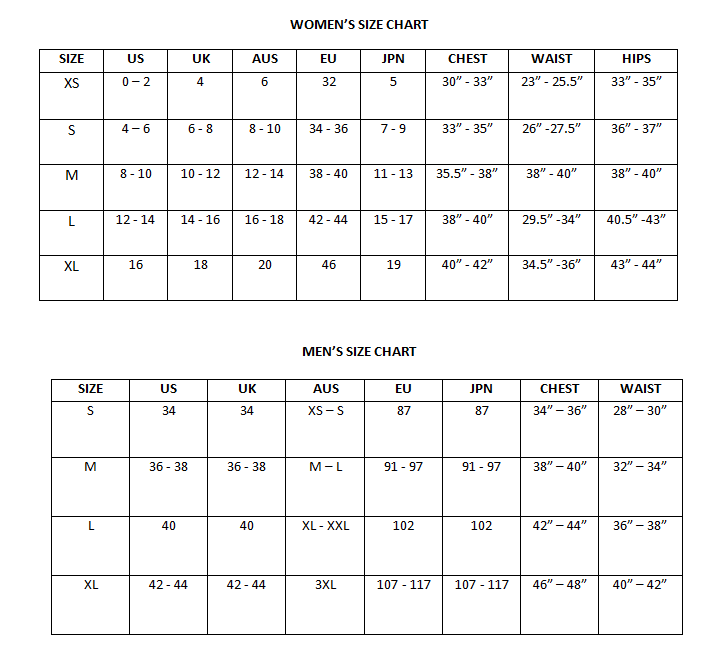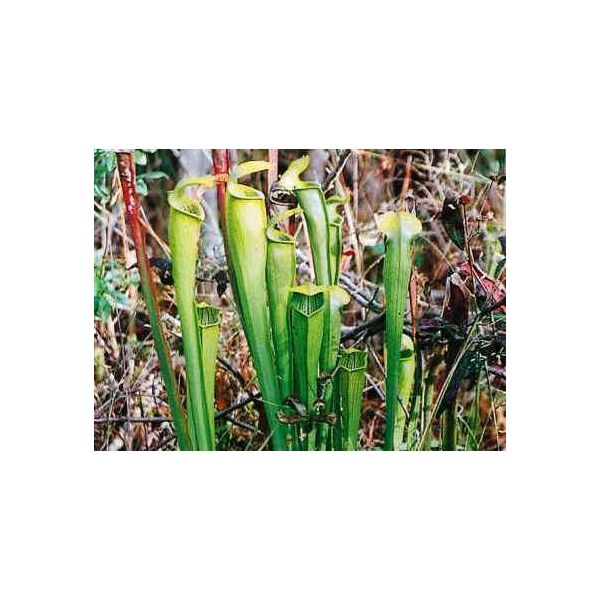Sarracenia Alata Seeds (Pale Pitcher Plant Seeds)
Sarracenia Alata Seeds (Pale Pitcher Plant Seeds)
Seeds from Nicholson area, Mississippi. They trap their prey by offering them nectar to sip which is secreted around the lip of the plant and also at the base of the lid.

Delivery
All orders shipped with UPS Express.
Always free shipping for orders over US $250.
All orders are shipped with a UPS tracking number.
Returns
Items returned within 14 days of their original shipment date in same as new condition will be eligible for a full refund or store credit.
Refunds will be charged back to the original form of payment used for purchase.
Customer is responsible for shipping charges when making returns and shipping/handling fees of original purchase is non-refundable.
All sale items are final purchases.
Help
Give us a shout if you have any other questions and/or concerns.
Email: contact@domain.com
Phone: +1 (23) 456 789
Availability: In stock
SKU
Sarracenia Alata
Sarracenia alata is found in open bogs and seeps along the Gulf of Mexico coast from Texas to Alabama. The pitchers reach up to 75 cm in height.
Typical Sarracenia alata is green with red veins. Although this carnivorous plant looks its best in September, it produces delicate looking yellow to cream colored flowers on tall stems in the early Spring, usually before pitcher growth begins. Clip off old leaves to make way for flower buds and new leaf growth.
They trap their prey by offering them nectar to sip which is secreted around the lip of the plant and also at the base of the lid. Flying and crawling insects will find the nectar and if they take a wrong step, they will tumble into the pitcher. Once inside, they will find that retreat is impossible, due to short stiff hairs pointing downward. The inside of the pitchers are also very slippery, even to insects with the best traction. Once the insect reaches the bottom, it is dissolved by enzymes in the bottom of the pitcher and the nutrient value is absorbed by the plant.
Hardiness zone 8, (-10øC/15øF) in Winter. They can grow well in pure sphagnum moss, live, long fibered or shredded, as well as the standard peat moss/sand which can be anything from 30% to 100% peat moss. There's no need to fertilize, as the plant relies on insects for food. The humidity should be between 60-80%.
Requires consistently moist soil; do not let dry out between waterings. Water must be distilled or rain water because they do not tolerate city or hard water. It is a good idea to place a pie pan or large saucer, with about an inch of water in it, under the pot. Elevate the pot by placing pebbles under it so that the base of the pot is barely in contact with the water, not submerged; the growing medium must stay moist, but never soggy. This will keep the humidity around the plant higher and it will ensure that the plant has a constant source of moisture.
They should be grown in bright light, but with protection from full midday sun. The temperature must be around 21øC/70øF, 27øC/80øF. In cloudy coastal areas, artificial light is a must. Sarracenia Alata requires seasons in order to survive long term.
They need a dormant period of about 3 months in the Winter. The typical heated home is too warm in the Winter. The entire planter may be moved to an area where the temperature will remain between 2øC/35øFand 5øC/40øF. During the Winter months, restrict watering somewhat, but never allow the plants to dry completely. If left outside during Winter, protect them from dry freezing wind during deep freezes by covering the plant with black plastic. Uncover the plant when the deep freeze and dry freezing wind is over.
| Common name | Pale Pitcher Plant |
|---|---|
| Species | Sarracenia alata |
| Germination | The seeds require 6 weeks cold stratification before sowing, directly on the surface of your moist but not soaked soil mix. Once it's time to take the seeds out of cold stratification, cover the top of the pot with clear plastic so the humidity will remain high, place them in an area with real nice strong light and keep the temperature around 21øC/70øF, 27øC/80øF. When you see some tiny plants starting to sprout, slowly open the top of the pot, a little each day, so that the new seedlings don't go into shock from the humidity being lowered too quickly. After cold stratification, germination usually occurs in 1 to 3 months, but it can take longer, depending on their degree of unbroken dormancy, don't give up. |
| Scarification / Stratification | It creates a cold and moist environment for the seeds. This will break their dormancy. Place the seeds on top of a prepared soil mix. The pot is then placed into a ziplock bag with approximately an inch of water on the bottom of the bag. Close the bag shut and place it into the salad crisper compartment of your refrigerator. Make sure to check the seeds often. If fungus or mold appears treat it with a fungicide. |
| Price View | Price Range |

